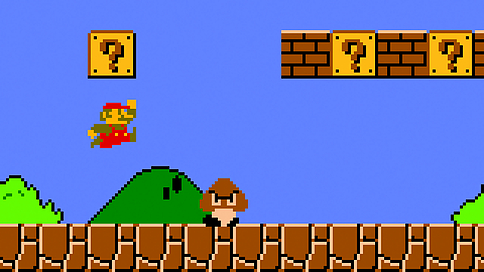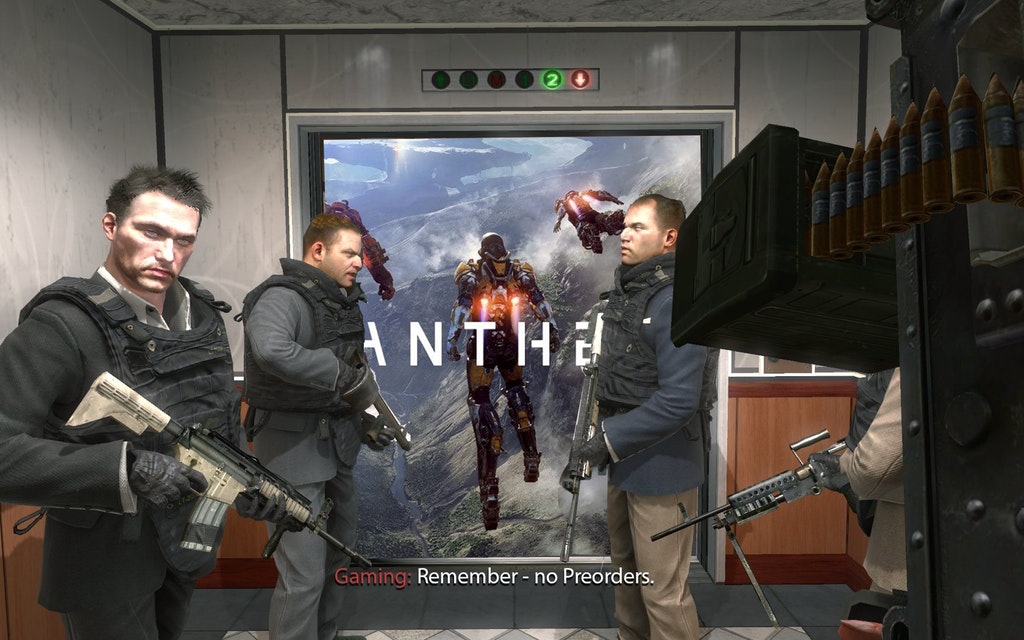Video Game Monetization and You
It's mid-1990, and you've just finished playing through Super Mario Bros. for the 16th time this year. It's already a decade old but that doesn't change how much happiness the game has brought you and your friends through countless hours of repeat gameplay, and how you challenged yourself to get the most coins, most 1-Ups, speed-run the entire game, or simply not die from start to finish. It's the best $30 you've ever spent and was the first time you thought about making a career in video games.

Needless to say, those were simpler times.
Fast forward to today. Games are nearing photo-realistic quality graphics with rich and expansive 3D environments and even truly immersive VR.
There's new genres, platforms, and ubiquity that would have been inconceivable - mobile phones, virtual reality, and even platformers run at 60fps - there's something perfect for anyone from the most casual to most hardcore gamer, from Candy Crush to Dark Souls and millions of players in between.
What do triple-A console and PC games have in common with $0.99 and free mobile games? Monetization strategies.
Games don't just happen, and they aren't a one-time investment nowadays. A single "AAA" title can cost tens or even hundreds of millions of dollars to create, and can generate billions in revenue over the span of multiple years. These are Hollywood level productions, often involving a similar number of actors, artists, and engineers. Throw in the demand for content updates on a regular basis to keep players engaged, and you have yourself a real problem: Somebody has to pay for all of that.
The Mobile gaming community has accepted in-game advertisements as a form of recurring revenue, which pays for development long after the $0.99 price of the game has passed. But this would never fly for PC or console games, although product endorsements have snuck into our games from time to time.
A common practice for frequent releases is the DLC (DownLoadable Content) release, which usually comes at a fraction of the cost of the original game and often includes vast expansions, new features and more. But players don't always want to pay for the same game over and over again, and the player retention for games that employ this method tends to decrease over time. However this may be unavoidable with all games, as new titles and platforms are released that capture player attention.
Some have a subscription model, such as World of Warcraft, but generally these are frowned upon by players even when the replay value and number of hours of entertainment gained is often immeasurable. There aren't a lot of recent surveys showing the amount of time spent playing video games, but a 2016 survey showed that 20% of respondents in the US played between 1-3 hours per week, 21% from 4-10 hours per week, around 15% between 11-20 hours per week, and 8% over 20 hours per week! Even taking the lower range for a game like WoW which costs $14.95/month, the cost per hour of play is less than a cup of coffee. However, I'm sure most players of paid subscription games are on the higher end of the spectrum, bringing that cost per hour of entertainment down a lot.
To keep interest high in a game releasing regular content, producers have often turned to pre-orders to ensure the money will be there when the game launches. The volume of pre-orders tends to be a leading indicator of customer interest and would dictate how much investment the company makes in the game, but these have also fallen out of favor recently, with memes and discussions popping up all over the Internet in recent years encouraging gamers to avoid it.

Recently, Germany made it illegal to charge for pre-orders on games without a set shipping date, something I fell victim to years ago with the charming voxel-based game, CubeWorld, which promised regular releases back in 2013 and failed to deliver.
If the pre-order well dries up, how are game producers going to ensure there will be paying customers at the time of launch? Most dedicated gamers would suggest making sure the game "doesn't suck", but that's becoming an increasingly difficult target to track. One of the reasons we believe the industry as a whole is in need of a better way to test games. Is higher quality enough to keep players interested in buying games? At GameDriver, we believe it would help.
Lastly, there are "freemium" games that offer a free-to-play experience with the option to buy certain in-game items, usually for cosmetic purposes only. For the most part, these in-game cosmetic items are innocuous to the overall gameplay, and some titles have shown tremendous success with this model; leading many producers to look at ways to leverage this approach. However, the response from the paying community has been mixed. Essentially, if you charged for the game upfront, players don't want to have to pay again for in-game items and feel they should be achievable without having to pay. This is the model Destiny 1 & 2 have used with some success.
To summarize, there are many ways to monetize the success of a video game, and in some ways, the monetization strategy is key to that game's success. Players expect a lot for their investment, whether the game is free, $30 to $100, or paid for monthly. But one thing is clear; players will pay if the game is good. So put quality first, and the game will sell.
Thanks for reading!
